Best
AFFORDABLE
UKULELE
Gear4music PORTABLE AND EASY TO PLAY
-
Overall: With Soft Strings And A Small Soprano Size
-
Best Feature: Crafted With A
High Quality Laminate Build -
TedScore™: 7/10
Best
OVERALL UKULELE
-
Overall: Rich Tone Delivered From The Mahogany Body
-
Best Feature: Smooth Playability Thanks To The Rosewood Fingerboard
-
TedScore™: 8.5/10
Best
BEGINNER UKULELE
-
Overall: All-Mahogany Body Creates Plenty Of Sweet Sonic Goodness
-
Best Feature: Lively, Warm, Responsive Ukulele Character
-
TedScore™: 9.5/10

Aaaaahh, the sweet and happy sound of the ukulele!
With its gentle and joyful strumming, the ukulele makes you want to teleport to the sunny shores of Hawaii.
Let’s all be honest; the instrument is a joy to play, but we might have asked, “How do we pronounce words like ‘ukulele’?”
To answer this immediately, say it like “oo-koo-lei-lei,” a Hawaiian word that rolls off your tongue as smoothly as a wave breaking on the beach.
But read on to know more about this pronunciation and other things in store for you!
Pronunciation Basics
Knowing how the ukulele’s name is pronounced isn’t just fun; it’s an homage to its rich cultural heritage. Here’s the correct way to pronounce ukulele: ‘OOK-KUH-LAY-LAY’ or ‘YOO-KUH-LAY-LEE’.
The Hawaiian Pronunciation
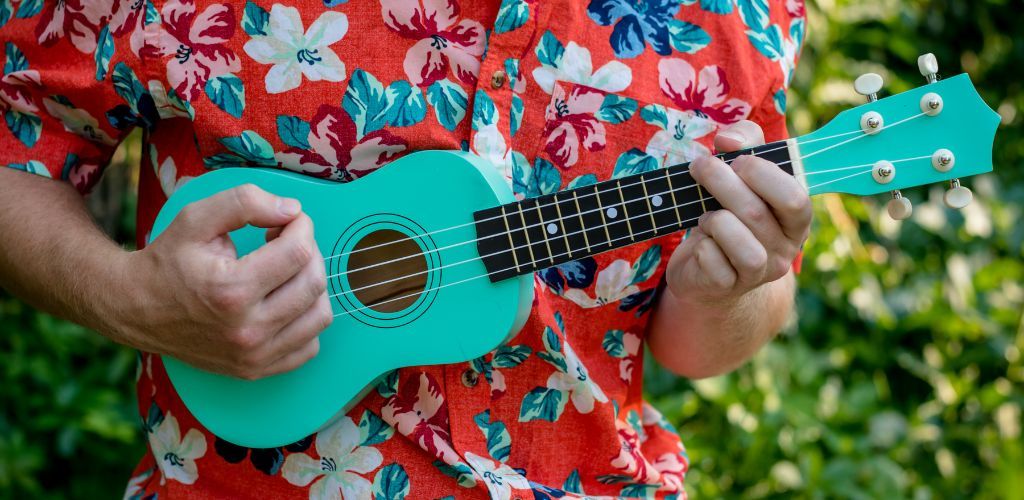
In Hawaii, where the ukulele originates, the Hawaiian language pronounces it as oo-koo-leh-leh.
Each vowel is distinctly enunciated, making the melody of the name as pleasant as the instrument’s sound. The ʻokina, a glottal stop in the Hawaiian alphabet, plays a crucial role in the correct pronunciation of Hawaiian words, including ‘ukulele,’ and is one of the eight consonants in the Hawaiian alphabet.
Syllable breakdown: oo-koo-leh-leh- oo as in “mood”
koo as in “cooing”
leh as in “let”
Try to say it again: OO-KOO-LEH-LEH!
English Adaptation

However, you’re probably more familiar with the English word adaptation, yoo-ka-lay-lee.
While not entirely faithful to the original, it wraps the word in a cozy blanket that feels right at home in English-speaking countries. Another common variation is ‘you koo lay lee,’ which also reflects the evolving pronunciation of the word.
Bold consonants: yoo-ka-lay-lee- Emphasize the k and l for a crisp, clear pronunciation
Common Variations

Sometimes, you might hear yoo-koo-lay-lee, a playful middle ground between the Hawaiian and English versions.
It’s a testament to the ukulele’s ability to inspire a chorus of different voices.
Vowel spotlight: Both oo and ay sounds are pronounced with an open, joyful ring
ay as in “play”
Origins of the Ukulele
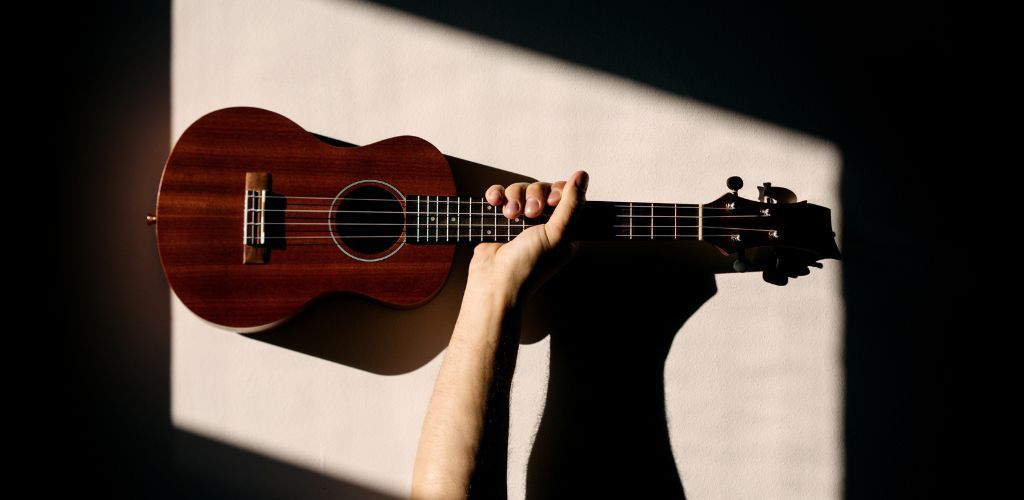
The ukulele has a charming backstory that combines Portuguese innovation with Hawaiian flair.
Let’s take a quick stroll through its past! The ukulele’s roots in Hawaiian music are deeply significant, reflecting the rich cultural history of Hawaii and the influence of Portuguese immigrants who introduced the instrument to the islands.
Portuguese Roots
In 1879, the ukulele’s preliminary designs emerged from the Portuguese machete, a small stringed instrument. Your humble ukulele hails from a vigorous cultural exchange, courtesy of Portuguese immigrants seeking a new life.
When they came to Hawaii, these craftsmen brought their traditions. Their skill in crafting wood and strings gave rise to something that would become a Hawaiian icon.
Adoption in Hawaii
Your ukulele was readily welcomed in the Hawaiian culture. It quickly transcended its European origins, weaving into the rich tapestry of Hawaii’s history.
The Hawaiians adapted the instrument and infused it with their unique cultural resonance.
The ukulele’s name, which means “jumping flea” in Hawaiian, perfectly captures the lively spirit of its plucky sound.
Influence Beyond Hawaii
Beyond the islands, the ukulele has been warmly embraced across the globe.
Its upbeat and accessible nature has found a home in pop and jazz, expanding its reach far beyond its traditional pronunciation and roots.
The ukulele has influenced not only music but also the cultural perception of Hawaii, sharing a slice of the islands’ aloha spirit with the world.
Its portability and approachability have made the ukulele a favorite for musicians and enthusiasts worldwide!
Understanding the Ukulele
We all know that a ukulele is a small, guitar-like instrument that punches above its weight in the joy department. Let’s have a brief discussion about its physical characteristics and tonal qualities.
Physical Characteristics
The ukulele resembles a mini guitar.
Boasting a lightweight and compact structure, it typically consists of four nylon strings. These are strung over a hollow body to create its distinct sound.
Soprano
Concert
Tenor
Baritone
Each size offers unique portability and playability, allowing you to find your perfect match for your musical escapades.
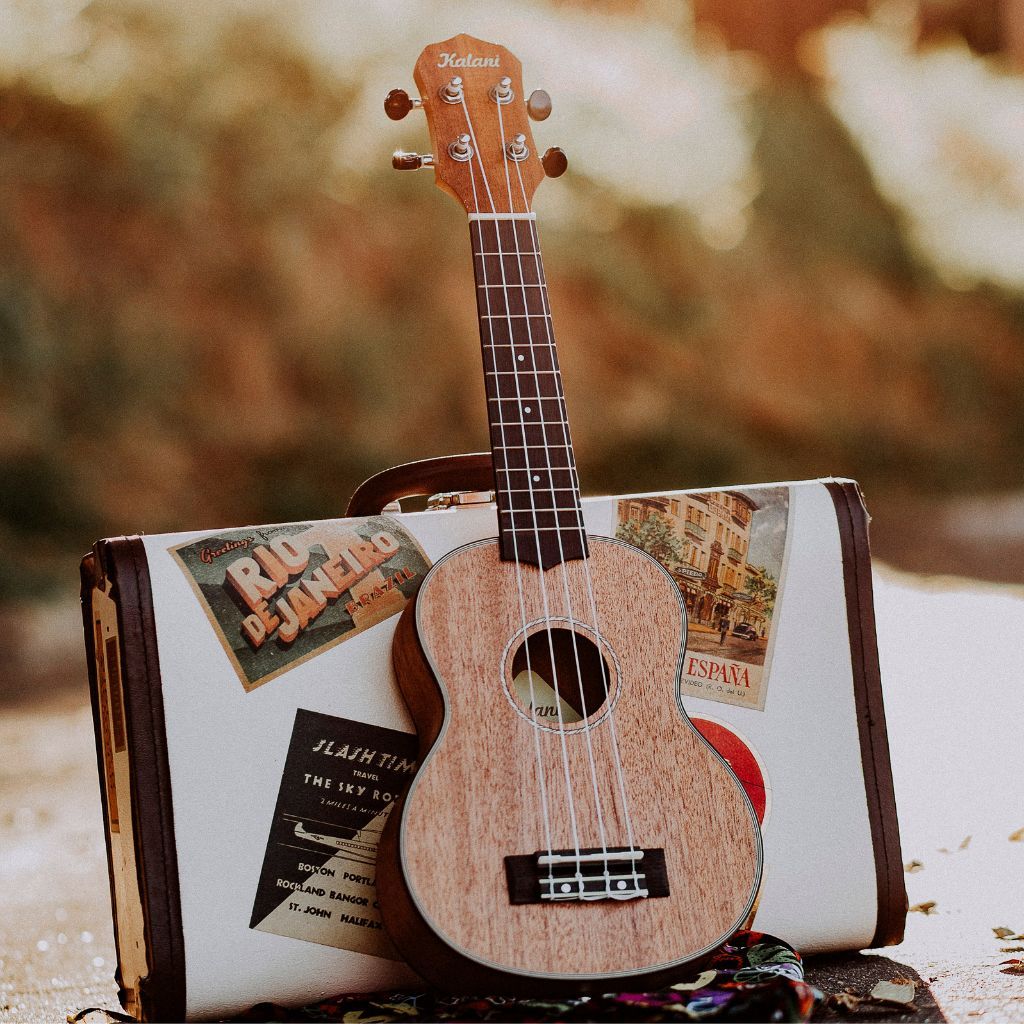
| SIZE | SCALE LENGTH | OVERALL LENGTH |
|---|---|---|
| Soprano | 13 - 14 inches | 21 inches |
| Concert | 15 - 16 inches | 23 inches |
| Tenor | 17 - 18 inches | 26 inches |
| Baritone | 19 - 20 inches | 30 inches |
Tonal Qualities
Your ukulele’s tone is bright and cheery, and you can’t help but smile.
As the size increases from soprano through to baritone, the sound deepens, with the baritone uke having the closest tonal qualities to a classical guitar.
Soprano: Light, bright, and traditional in tone
Concert: Richer and fuller than the soprano
Tenor: Deeper and more resonant; great for fingerpicking
Baritone: Warmest and most guitar-like sound
Debates sometimes ensue over its origin and meaning, but no matter how you pronounce it, the uke makes its joyful mark in music.
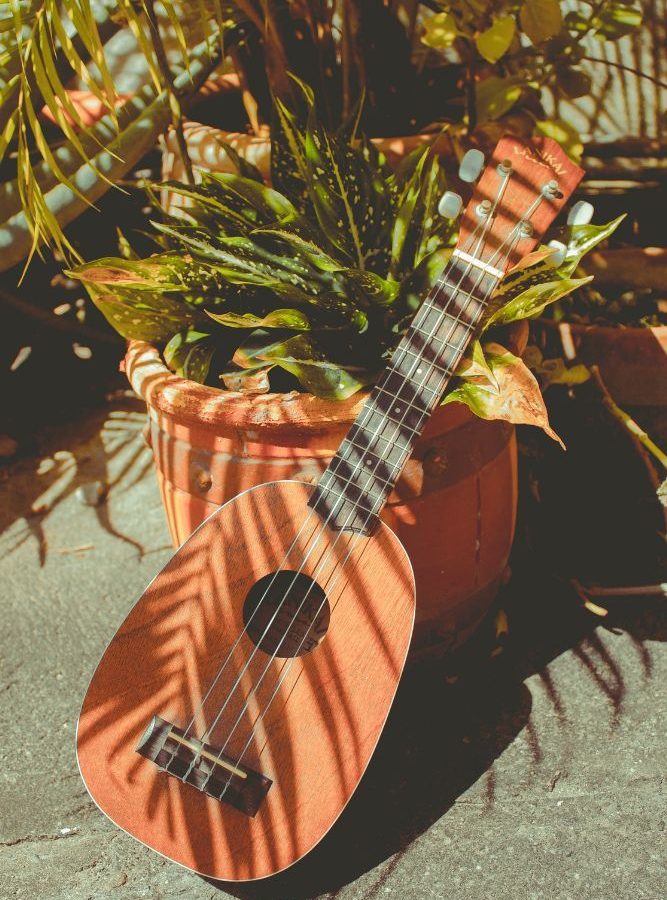
Highly Recommended Ukuleles
As a professional musician and ukulele player, I have my fair share of experience playing different ukuleles.
Over the years, I can say that these three ukuleles are some of the best!
Cordoba 15CM Concert Ukulele
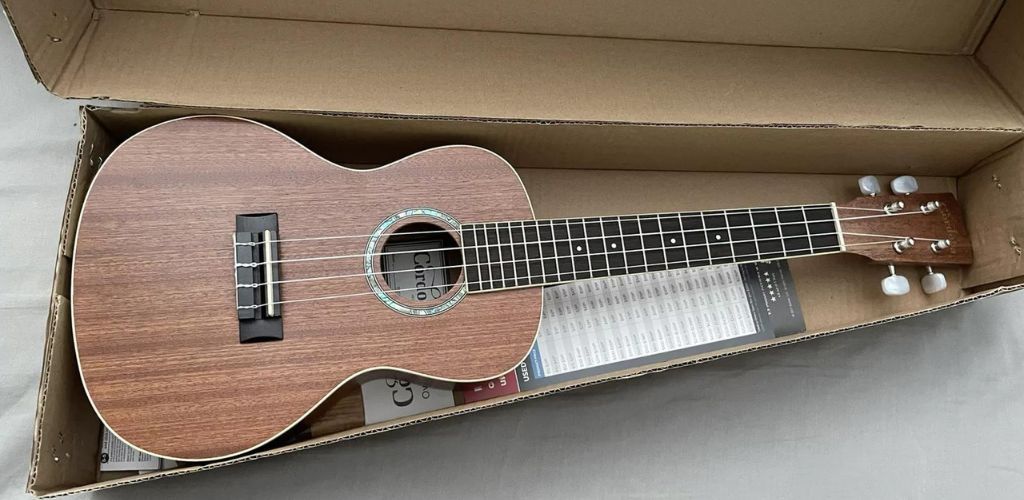
I absolutely love the warm, rich tones of the Cordoba 15CM Concert Ukulele. Its clear, resonant sound is perfect for both beginners and seasoned players.
The craftsmanship is impressive, with a beautiful mahogany top, back, and sides that look stunning and contribute to its superb playability and tone.
Cordoba 15CM Concert Ukulele

PERFECT FOR: any performances of all playing abilities
FEATURES: Rich, balanced tones delivered from the mahogany body
OTHER INFO: Smooth playability thanks to the rosewood fingerboard
Cordoba 15CM Concert Ukulele
- Provides a full, balanced tone with plenty of projection
- Vintage look provided by silver tuners and pearloid buttons
- Added punch thanks to back and sides material
- Does not come with a case or gig bag
When you click ‘Check Price’, you’ll see there are loads of great places to buy this item. Our personal favorite is Sweetwater for the US, and Thomann and Gear4Music for the UK & Europe.
They are the largest music retailers, with excellent customer service, competitive prices, really fast shipping, and the longest guarantees.
The professional musician who wrote this article combined many things,
from the product build, manufacturer’s reputation through to feedback
from other users, to create our famous TedScore™.
Gear4music ukulele
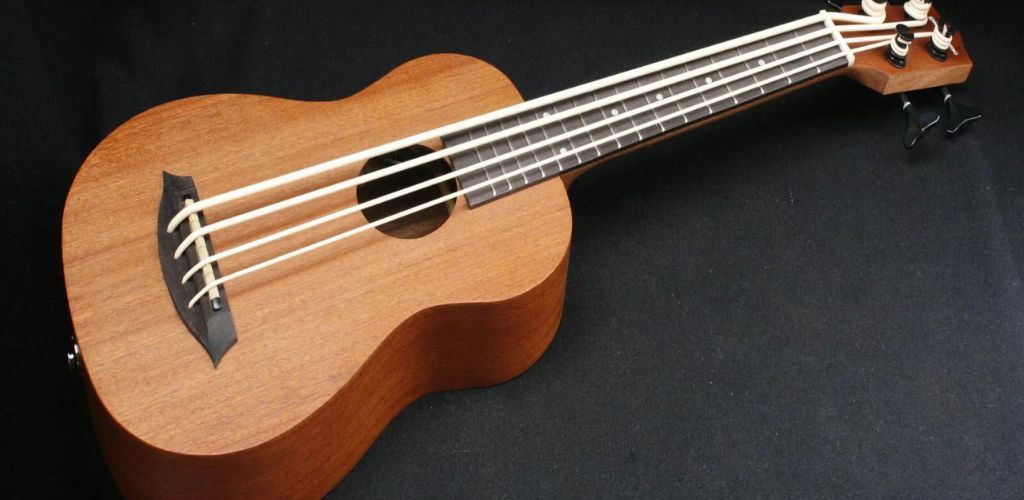
I found the Gear4music ukulele to be a great value for its price. It offers a pleasant sound and a comfortable playing experience for beginners.
The build quality is quite decent, and it holds tuning well, making it a solid choice for those looking to start their musical journey without a hefty investment.
Ukulele by Gear4music

PERFECT FOR: young beginners
FEATURES: With soft strings and a small soprano size
OTHER INFO: Crafted with a high quality laminate build
Ukulele by Gear4music
- Produces sweet, mellow sounds
- Ideal for practice and play, learning, and teaching music fundamentals
- You can take anywhere
- Not the best quality in terms of durability
When you click ‘Check Price’, you’ll see there are loads of great places to buy this item. Our personal favorite is Sweetwater for the US, and Thomann and Gear4Music for the UK & Europe.
They are the largest music retailers, with excellent customer service, competitive prices, really fast shipping, and the longest guarantees.
The professional musician who wrote this article combined many things,
from the product build, manufacturer’s reputation through to feedback
from other users, to create our famous TedScore™.
Kala Satin Mahogany KA-15S Soprano Ukulele
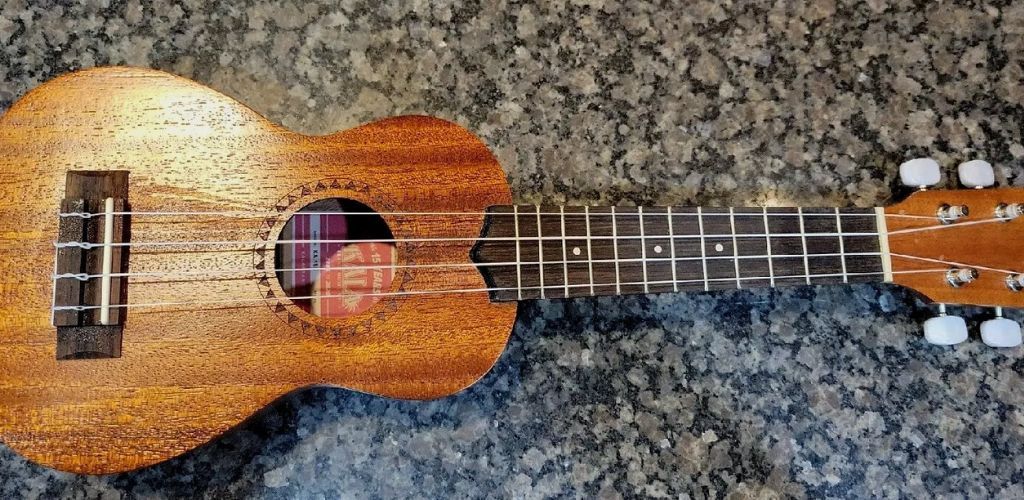
I’m really impressed with the Kala Satin Mahogany KA-15S Soprano Ukulele. Its rich, full-bodied sound belies its affordable price point.
The satin finish gives it a sleek, classic look and enhances the instrument’s resonance and sustain, making it a joy to play.
Kala Satin Mahogany KA-15S
Soprano Ukulele

PERFECT FOR: players of all ages and skill
FEATURES: All-mahogany body creates plenty of sweet sonic goodness
OTHER INFO: Enjoy a lively, warm, responsive ukulele character
Kala Satin Mahogany KA-15S
Soprano Ukulele
- Play with comfort thanks to a silky-smooth satin finish
- Classic soprano size delivers an instantly recognisable high-end shimmer
- With geared tuners and premium Aquila Nylgut strings for reliably warm sounds and stable tuning
- Affordable ukulele that delivers a rich tonal range
- None
When you click ‘Check Price’, you’ll see there are loads of great places to buy this item. Our personal favorite is Sweetwater for the US, and Thomann and Gear4Music for the UK & Europe.
They are the largest music retailers, with excellent customer service, competitive prices, really fast shipping, and the longest guarantees.
The professional musician who wrote this article combined many things,
from the product build, manufacturer’s reputation through to feedback
from other users, to create our famous TedScore™.
How is Ukulele Pronounced:
Let's Summarize!
Congratulations! When you see the word “ukulele,” you know it’s pronounced oo-koo-lei-lei.
Allow the vowels to dance lightly off your tongue. Embrace the Hawaiian pronunciation and feel the island breeze whisk through your words.
Originating from Hawaii, this instrument’s name literally means “jumping flea”—quite the whimsical imagery for such a delightful instrument!
U as in “oo” in “mood”
ku as in “coo-coo” clock
le as in “lay”
le (again) as in “lay”
Just keep it light and breezy. Before you know it, you’ll say “ukulele” like a pro!

Wait! One final word before you go…
It’s nice to know the basic facts about the instrument you’re interested in, like how to pronounce it, its history, and the different types. Let’s go to the technical side! The next thing you need to learn about the ukulele is how to tune it. This article will surely teach you how to do it!
FAQ's
“Ukulele” is traditionally pronounced “oo-koo-LEH-leh” in Hawaiian, where the instrument originates. However, it is commonly pronounced “yoo-ka-LAY-lee” in English-speaking countries.
In Hawaiian, “ukulele” is pronounced as “oo-koo-LEH-leh,” emphasizing the second to last syllable. The name comes from the Hawaiian words “uku” (flea) and “lele” (jumping), likely a reference to the movement of the fingers when playing the instrument.
The correct usage is “a ukulele” when referring to the instrument in English. This is because the pronunciation “yoo-ka-LAY-lee” starts with a consonant sound, which requires the article “a” rather than “an.”
The Hawaiian instrument “ukeke” is pronounced as “oo-KEH-keh,” with the emphasis typically on the second syllable. It is a traditional Hawaiian musical bow, considered Hawaii’s only indigenous stringed instrument.
The appropriate article to use before “ukulele” is “a,” as in “a ukulele.” This is because the word “ukulele” begins with a “y” consonant sound when pronounced in English.










